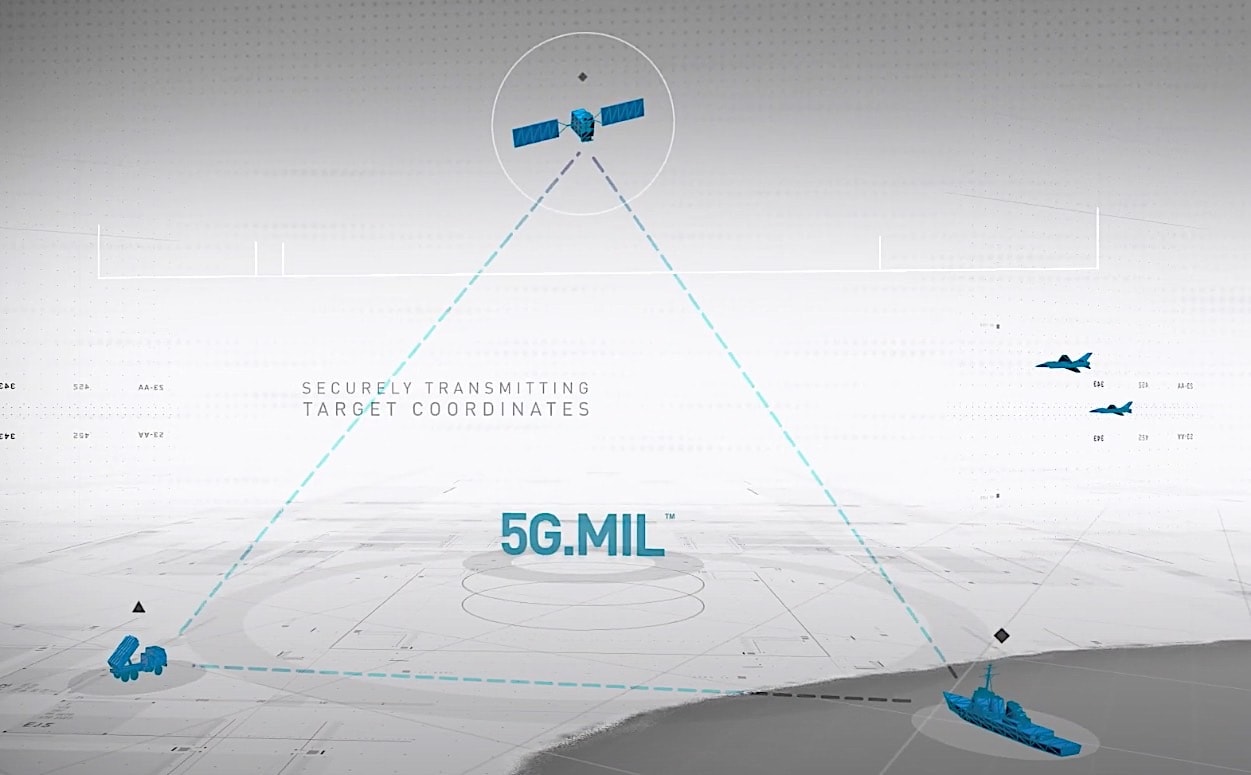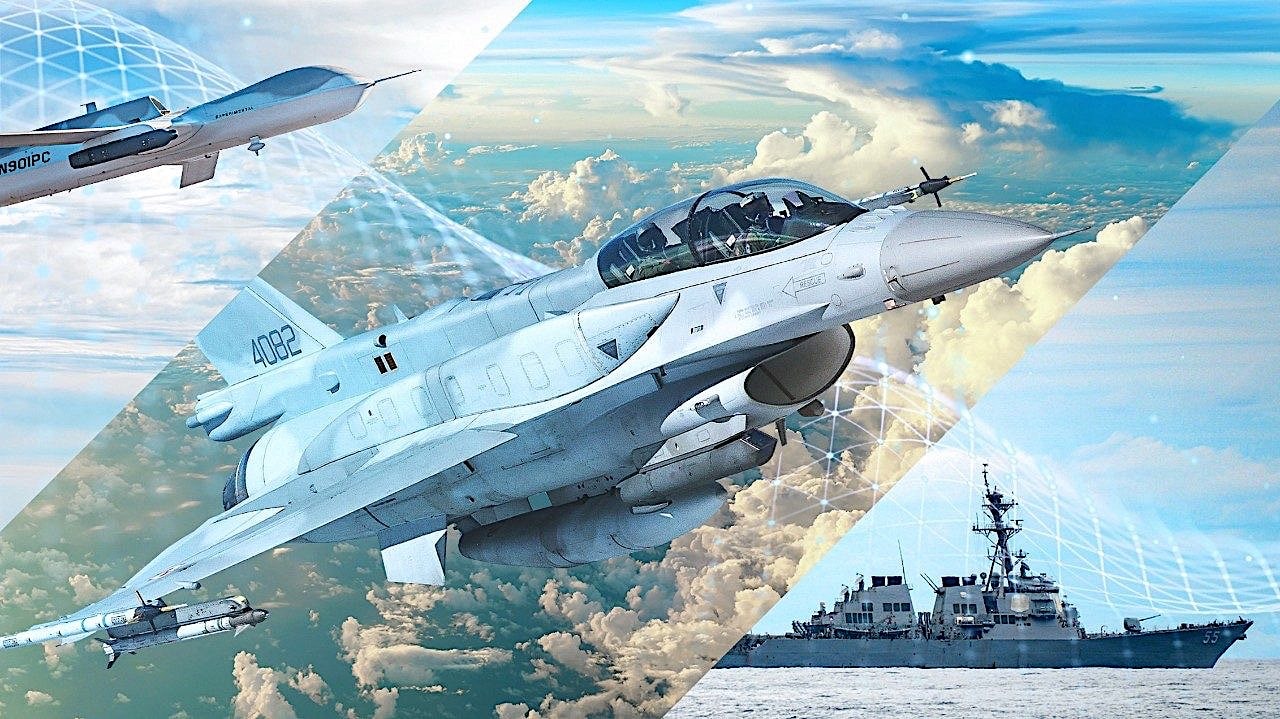The evolution of fighter jets is a testament to the relentless pursuit of technological supremacy in aerial warfare. From the experimental, subsonic jets of World War II to the hypersonic, stealthy platforms envisioned for the future, each generation represents a quantum leap in capability.
Today, the aerospace industry stands at a critical juncture. While fourth-generation fighters, stalwarts like the F-16 and F/A-18, remain indispensable, their limitations are increasingly apparent in the face of evolving threats.
The imperative to transition to fifth and sixth-generation aircraft is undeniable. However, the process is complex and time-consuming. Bridging the gap between legacy systems and cutting-edge technology is a formidable challenge that will shape the future of air power for decades to come.

The advent of fifth-generation fighters, characterized by stealth, advanced sensors, and network-centric operations, has widened the technological chasm between modern and legacy aircraft. While upgrades have extended the service life of older platforms, their fundamental design limitations hinder their seamless integration into contemporary warfare.
Lockheed Martin’s Sniper Networked Targeting Pod is a groundbreaking solution to this challenge. By transforming the pod into a sophisticated communication and computing node, it bridges the gap between fourth and fifth-generation aircraft, as well as ground-based assets.
Through a high-speed datalink, the Sniper Pod fosters a networked battlespace where real-time data sharing empowers forces with enhanced situational awareness, precision strike capabilities, and coordinated maneuvers. This innovative approach is revolutionizing the way air, land, and sea forces operate together, creating a more lethal and effective combat synergy.

Lockheed Martin’s introduction of the Sniper Networked Targeting Pod at the Farnborough Airshow signifies a potential paradigm shift in modern warfare. This innovative technology is poised to drastically enhance the precision of ground-based artillery by transforming fighter jets into persistent airborne forward observers.
By providing a constant flow of target data to artillery units, the Sniper pod promises to significantly improve strike accuracy, even when targets are in motion. While initial tests with HIMARS and GMLRS have demonstrated the system’s potential, comprehensive flight evaluations and live-fire exercises are still necessary before full operational deployment.
Notably, the Sniper pod’s plug-and-play design suggests a relatively seamless integration into both fourth and fifth-generation aircraft. Building upon the success of the previous Sniper configuration, which has accumulated over four million operational hours across a diverse fleet of fighter jets, this advanced pod holds the promise of revolutionizing battlefield dynamics.

